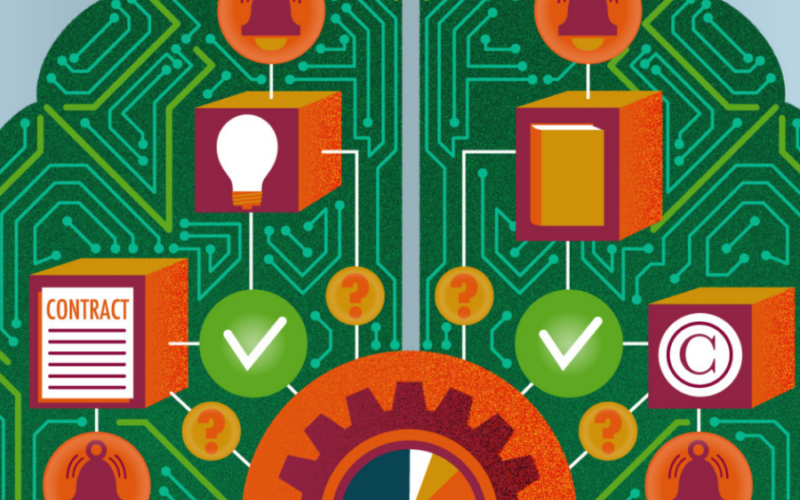Latest
Check out our latest insights, news and events

News Life Sciences
Advising J.P. Morgan Securities plc on Acquisition of Avadel Pharmaceuticals by Alkermes
04/12/25


News FIRMWIDE
Will Carmody Reappointed Managing Partner with Strategic Growth Mandate
03/12/25
03/12/25

Loading

